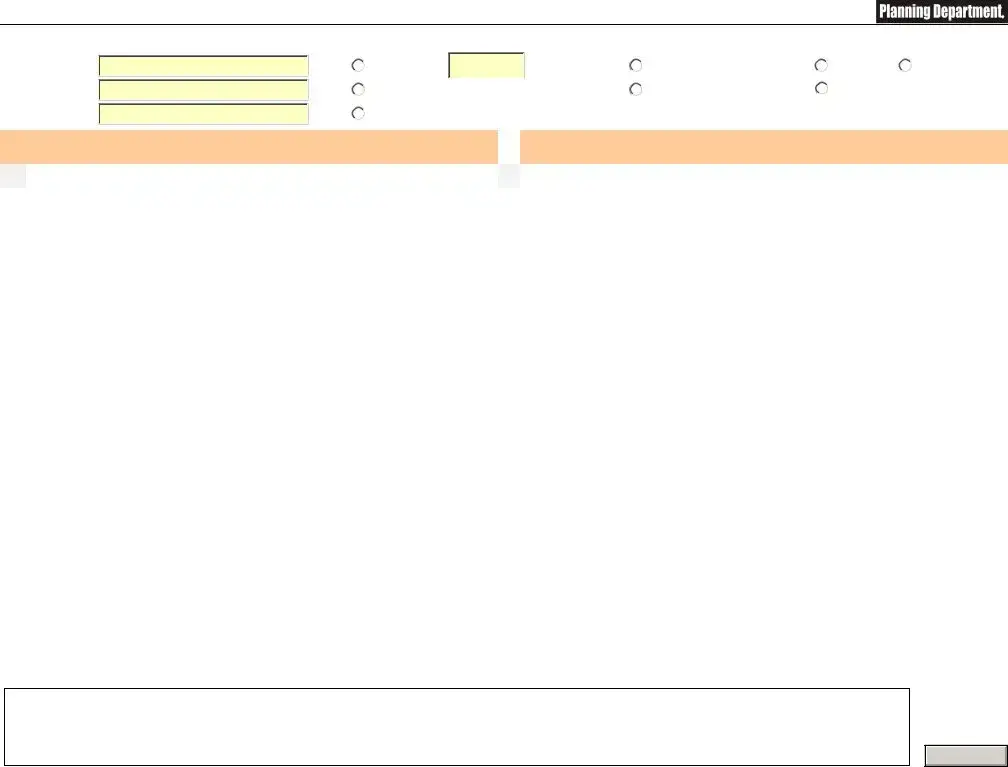The Electrical Panel Schedule form serves as a critical tool in managing electrical systems within residential, commercial, and industrial settings. It provides a comprehensive overview of the electrical distribution system, detailing circuit assignments, load calculations, and breaker specifications. This form typically includes essential information such as the panel name, location, and the number of circuits, ensuring that users can easily identify and monitor each circuit's function and capacity. Additionally, it outlines the amperage ratings for breakers, which is vital for maintaining safety and compliance with electrical codes. By systematically organizing data related to each circuit, the form aids in troubleshooting, maintenance, and future expansions of the electrical system. Ultimately, the Electrical Panel Schedule form enhances efficiency and safety, facilitating informed decision-making for electricians, engineers, and property owners alike.

